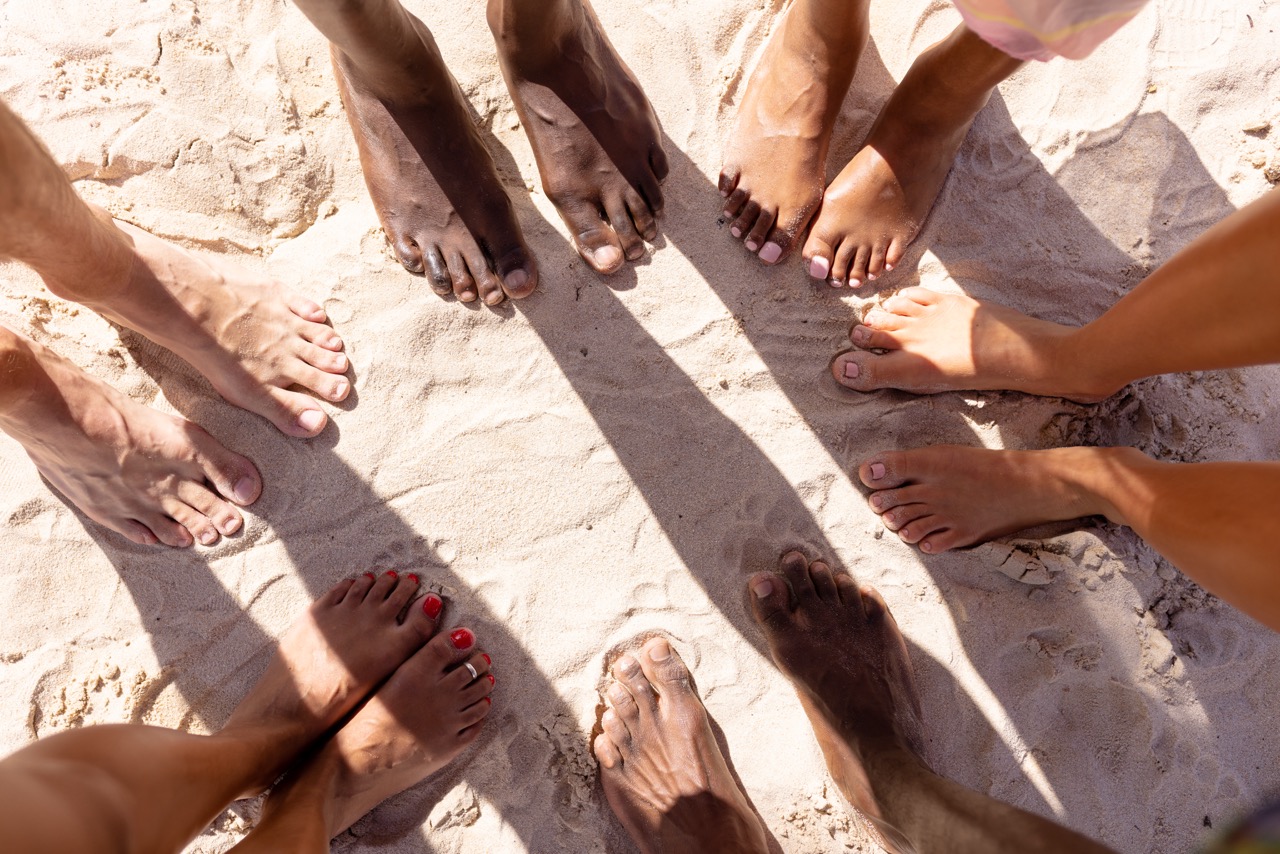How Different Running Shoes Affect Foot Biomechanics

Running is a popular form of exercise that not only enhances physical fitness but also provides mental clarity. However, the effectiveness and safety of running can be significantly influenced by the choice of footwear. Understanding how different running shoes affect foot biomechanics is crucial for runners aiming to optimize their performance while minimizing the risk of injury. This article explores key aspects of foot biomechanics, the role of shoe cushioning, the impact of shoe structure on gait and stability, and how to choose the right running shoe.
Understanding Foot Biomechanics in Running Dynamics
Foot biomechanics refers to the study of the mechanical aspects of foot movement during activities such as running. The foot serves as a dynamic structure, absorbing shock, providing propulsion, and maintaining balance. During a typical running stride, the foot undergoes a sequence of phases: heel strike, midstance, and toe-off. Each phase involves a complex interplay of bones, muscles, tendons, and ligaments working in harmony to support the runner’s weight and propel the body forward.
Different runners exhibit varying foot strike patterns—some land on their heels (heel strikers), while others may adopt a midfoot or forefoot strike. These patterns are influenced by individual biomechanics, including arch height, leg length, and muscle strength. The type of running shoe worn can either complement or hinder these natural movements, highlighting the importance of selecting appropriate footwear based on one’s unique biomechanics.
Furthermore, the alignment of the foot and lower limb plays a significant role in injury prevention. Misalignment can lead to excessive strain on certain joints and muscles, increasing the risk of overuse injuries. A thorough understanding of foot biomechanics and how running shoes interact with these dynamics can empower runners to make informed decisions that enhance their running experience.
The Role of Shoe Cushioning on Foot Strike Patterns
Shoe cushioning is one of the most critical features influencing how runners interact with the ground. The degree of cushioning in a shoe can significantly affect foot strike patterns. Shoes with ample cushioning tend to encourage heel striking, as the soft material provides a plush landing surface that absorbs impact. Conversely, minimalist or low-cushioned shoes may promote midfoot or forefoot striking, as the sensation of the ground encourages a more natural, grounded approach to running.
Cushioning also plays a vital role in energy return and fatigue management. Shoes designed with responsive cushioning systems can help reduce the metabolic cost of running by returning some of the energy from foot strikes back to the runner. This energy return can enhance performance, particularly during longer runs or races, where efficiency becomes paramount.
Moreover, the type of cushioning—whether it is gel-based, foam, or air-infused—can alter a runner’s perception of comfort and stability. Runners must consider their personal preferences, running style, and terrain when selecting shoes with specific cushioning properties to optimize their foot strike and overall running experience.
Impact of Shoe Structure on Gait and Stability
The structural elements of running shoes—such as heel height, arch support, and overall design—play an essential role in determining a runner’s gait and stability. For instance, shoes with a higher heel-to-toe drop can alter the angle at which a runner’s foot strikes the ground. This can lead to changes in the biomechanics of the ankle, knee, and hip joints, potentially affecting running efficiency and injury risk.
Arch support is another critical consideration. Runners with flat feet or high arches may require specific types of shoes designed to provide adequate support and alignment. The right arch support can help mitigate overpronation or supination, both of which can lead to common running injuries. A well-structured shoe can assist in maintaining proper alignment throughout the gait cycle, promoting stability and a smoother running motion.
Additionally, shoe width and fit are vital components of shoe structure that can affect overall comfort and performance. Shoes that are too narrow or too wide can lead to blisters, calluses, and other foot issues. Ensuring the right fit can help maintain natural foot mechanics and contribute to a more enjoyable running experience.
Choosing the Right Running Shoe for Optimal Performance
Selecting the right running shoe is a multifaceted process that takes into account individual biomechanics, running style, and personal preferences. Runners should begin by assessing their foot type and determining whether they overpronate, underpronate, or have a neutral gait. Specialized running stores often provide gait analysis, helping individuals identify their unique foot mechanics and recommending appropriate shoe types.
It is also essential to consider the intended use of the shoes. Runners may have different footwear needs depending on whether they are training for marathons, running on trails, or engaging in casual jogging. Each activity may necessitate specific shoe features, such as enhanced grip for trail running or lightweight designs for speed work.
Finally, trying on various shoes and taking them for a test run can significantly aid in making an informed decision. Comfort is paramount; the right shoe should feel like an extension of the foot, providing both support and flexibility. Investing time in finding the ideal running shoe can lead to improved performance, reduced injury risk, and a more enjoyable running experience.
In conclusion, the impact of running shoes on foot biomechanics is profound and multifaceted. Understanding how cushioning, structure, and fit influence running dynamics is essential for optimizing performance and preventing injuries. By considering individual biomechanics and personal preferences, runners can make informed choices that enhance their running experience. Ultimately, the right running shoe can lead to greater efficiency, comfort, and enjoyment on the road or trail.




